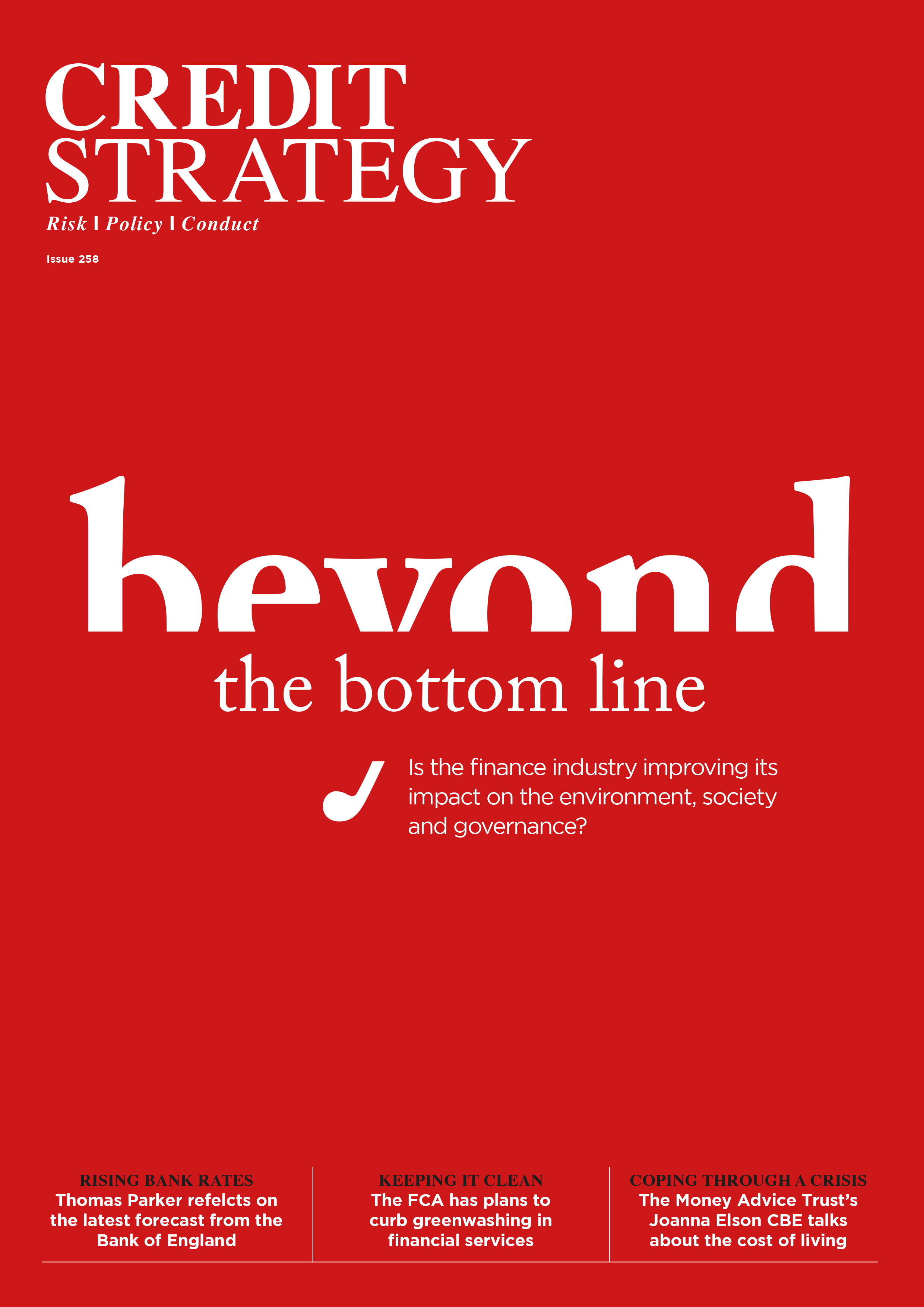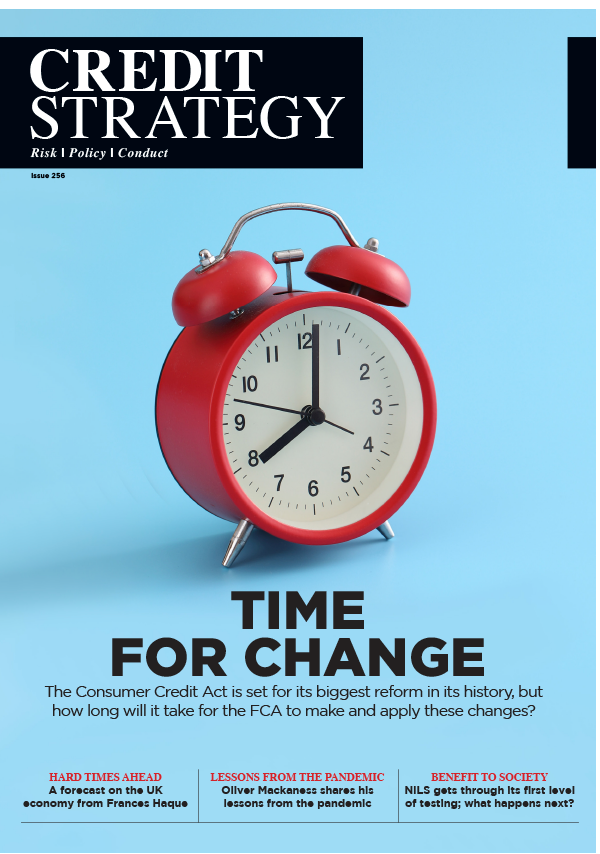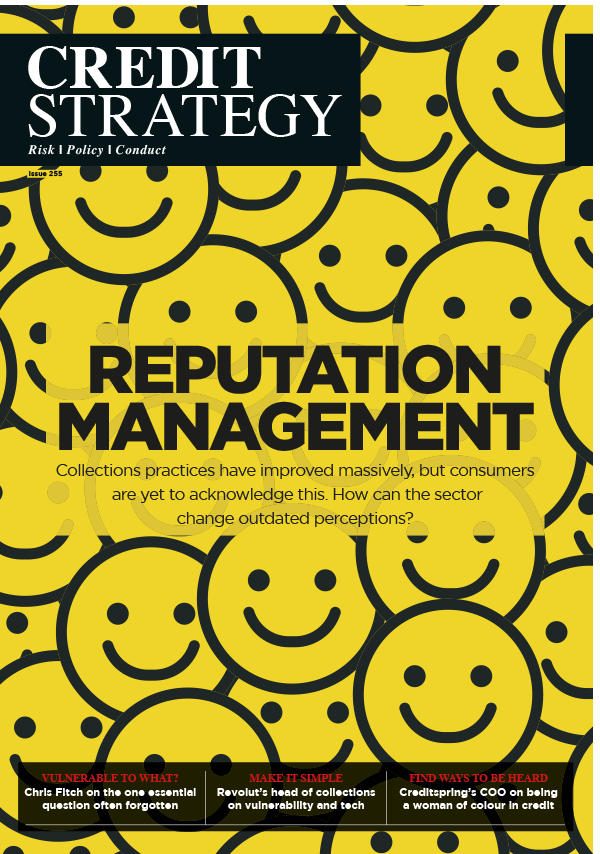Dear visitor,
You're reading 1 of your 3 free news articles this quarter
Register with us for free to get unlimited news, dedicated newsletters, and access to 5 exclusive Premium articles designed to help you stay in the know.
Join the UK's leading credit and lending community in less than 60 seconds.
Interest rates become main driver of profit warnings
Interest rates have become the main driver of profit warnings in the third quarter of 2023, according to new figures from EY.

Senior Journalist, covering the Credit Strategy and Turnaround, Restructuring & Insolvency News brands.
Based on the professional services company’s latest profit warnings report, also said a third of warnings cited tougher credit conditions as a factor – with this being the highest level recorded since 2008. Alongside this, broader economic uncertainty played a role, with 21% citing delayed or cancelled contracts and 18% citing weaker consumer confidence.
One-in-five, meanwhile, said the slowing housing market played a part in them issuing a profit warning, while
the same number referenced cost pressures. Additionally, over the past 12 months 17.8% of UK-listed companies have issued a profit warning.
There are, however, positives to be taken from the report – with the 76 profit warnings issued by UK-listed companies over the quarter being 12% lower year-on-year – although it is 18% above the third quarter average.
Additionally, of the profit warnings issued – five came from UK-listed retailers – a decrease of 55% when compared to the third quarter of 2022 when 11 warnings were issued.
Commenting on the figures, EY-Parthenon partner and UK and Ireland turnaround restructuring strategy leader Jo Robinson said: “While it’s encouraging to see UK profit warnings fall for the first time in two years, the growth of credit-related warnings indicates that pressure on businesses is unlikely to ease for the foreseeable future.
“In fact, we’re seeing economic stresses extend up the value chain, spreading to mid-market companies. It’s clear from this data that the steepest rise in interest rates in 40 years continues to take its toll, with a high proportion of warnings due to an increasingly expensive borrowing environment.
“This poses a risk for companies that are due to refinance and we’re already seeing this affect sectors where credit is a key activity driver, such as in the housing market. Unlike 2008’s global credit crisis, today’s companies, banks and consumers all have stronger balance sheets and extended debt maturities, which will continue to stagger the effect of base rate rises.
“This adds a layer of resilience but shouldn’t create overconfidence. Businesses that are at risk should act immediately to reshape operations to withstand future shocks.
“Delaying action risks damaging business value, particularly in this fast-moving market.”
Stay up-to-date with the latest articles from the Credit Strategy team
Get the latest industry news






